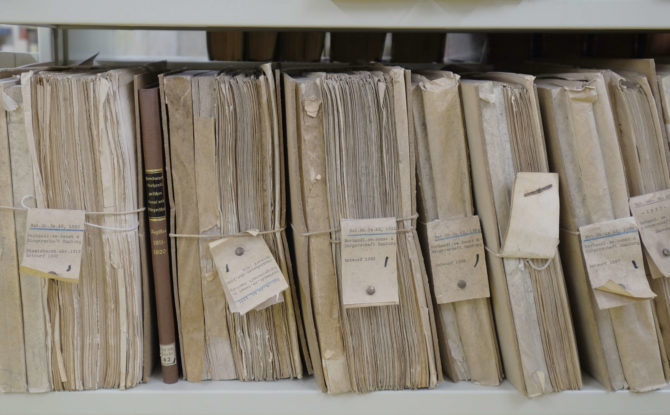
What’s the difference between documents and records anyway?
It is important to understand that there is a difference between health and safety procedure documents and health and safety procedure records. For many small businesses, documented health and safety procedures are not vital to be in compliance with the legislation. Read more about this here. But health and safety records are most certainly required as they provide evidence of the activities you have performed as part of your health and safety procedure. These records must be kept by your business, just as receipts are kept for the taxman.
Here’s a list of the typical workplace documentation and the associated records that must be kept.
| Typical Workplace Documentation | Associated Records |
| Hazard and Risk Management Procedure
Workplace Inspection Form Risk Assessment Template |
Completed Workplace Inspection Form
Completed Risk Assessments |
| Training and Competency Procedure
Induction Training Checklist |
Completed Induction Training Checklist
Training Certificates |
| Consultation and Communication Procedure
Terms of Reference Consultation Statement Meeting Minutes Template |
Meeting Agenda
Meeting Minutes |
| Incident Management Procedure
Incident Report Form |
Completed Incident Report Form
Photos of the Incident Site Incident Investigation RTW Plans / Medical Certificates |
You may be wondering what happens with all of these records you need to keep. Well, these records must be kept by your business as evidence that you have complied with the legislation and kept a safe working environment for your staff. Generally speaking, with the exception of incident and injury records (which your business should keep, practically forever), your health and safety records should be kept for a minimum of 7 years. Although we advise that you check the exact timeframes and requirements of record keeping with your regulator.



